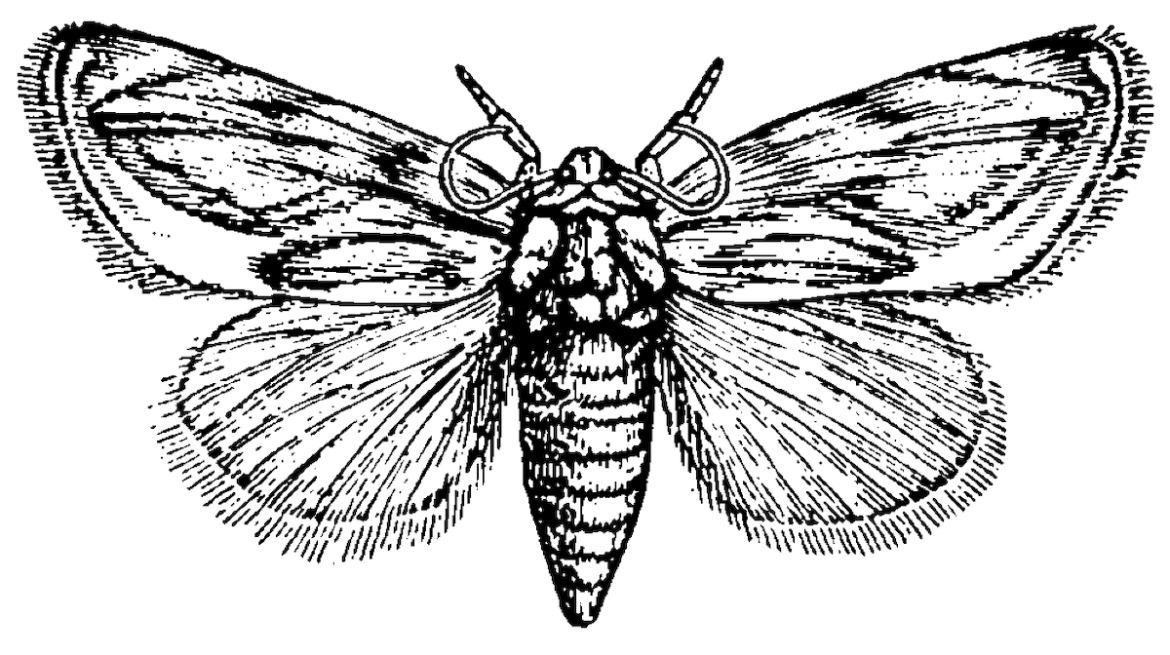
“The accompanying figure represents one of the most striking and unique of our N. A. Noctuids in respect of color and pterogostic design, the general color being of a bright golden-yellow, and the lines and shades of a deeper gold, inclining to ferruginous or even ochreous.” Figured: “Cirrophanus triangulifer Grt.” From “A Unique and Beautiful Noctuid” by C. V. Riley (The American Naturalist, 1883, 17:788–790).
Abstract
As scientists, our collective goal is to make scientific progress in the pursuit of an absolute truth about the nature of the universe, through a feedback loop of observation, theory, and experimentation. What if a major limit to progress is not the science itself but rather in how broadly scientific ideas can be understood? In this introduction to a special feature, we highlight four articles, each tasked with demystifying a key theory in ecology for a general audience, with a special focus on aspects of each theory that have been misunderstood, misapplied, or underappreciated in some important way. These four theories are metabolic theory, competition theory based on consumer-resource models, mechanisms of coexistence in fluctuating environments, and metapopulation dynamics. We point out key ways in which each article applied best practices of accessible communication as well as challenges that might arise (and potential solutions for journals and authors) when attempting to publish articles with a deeper emphasis on explanation of fundamentals than a traditional article might provide.